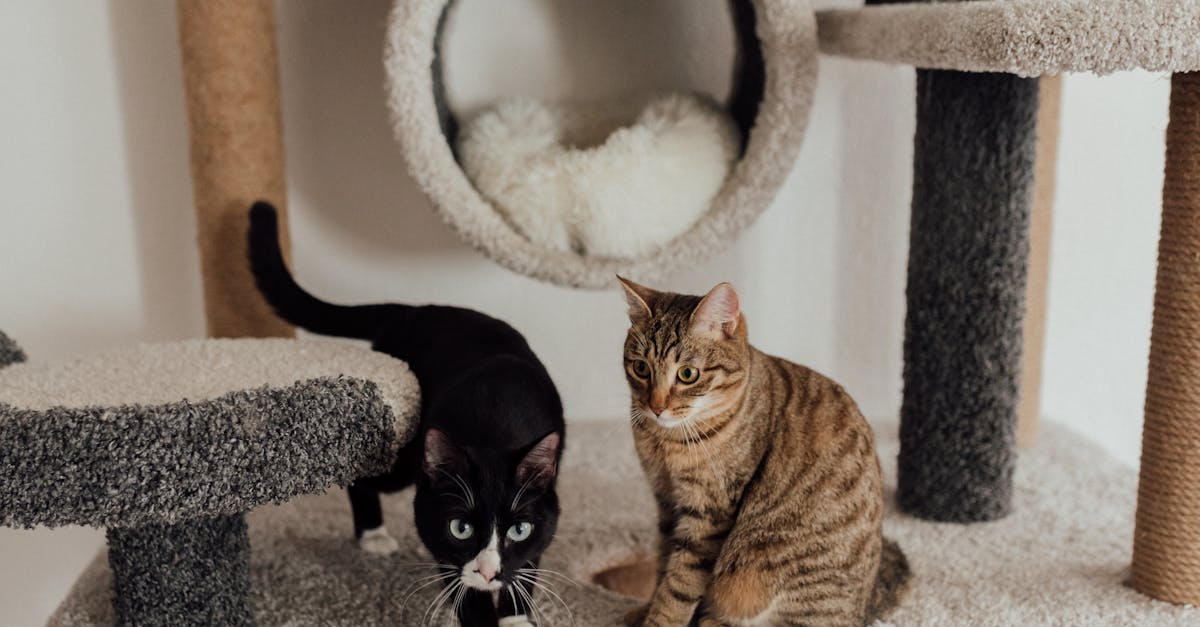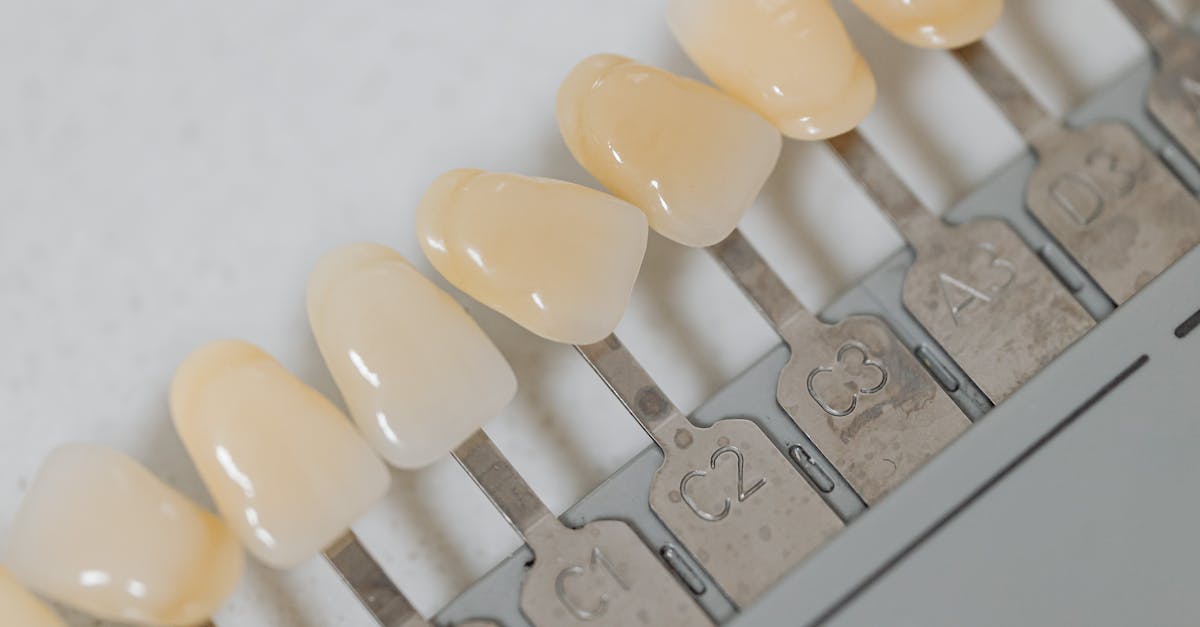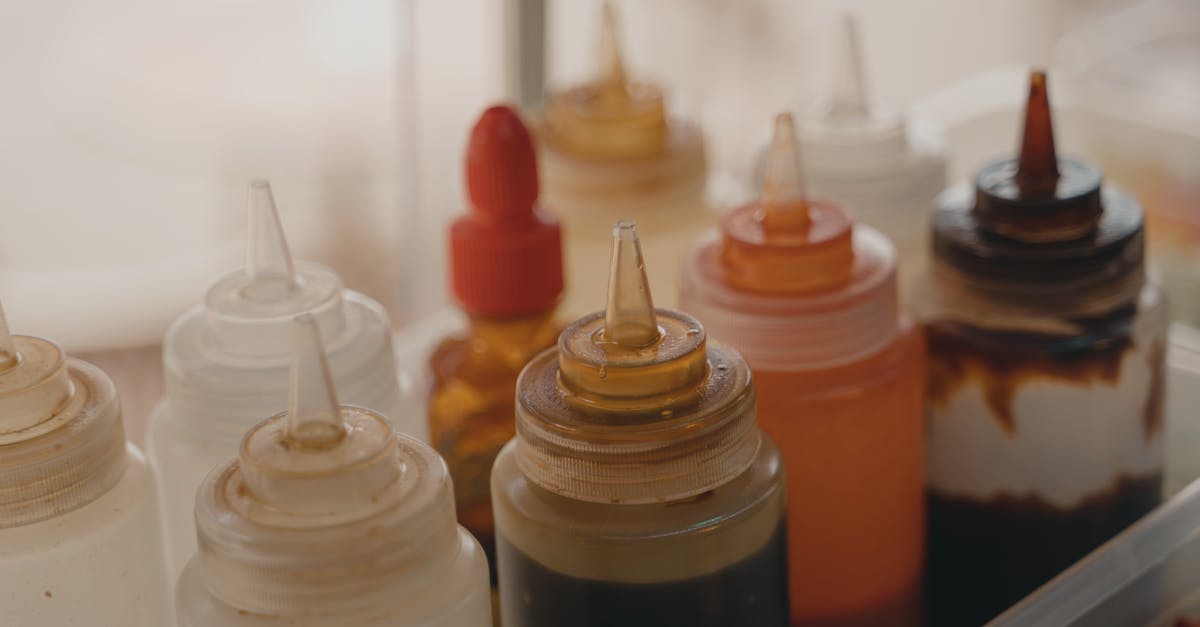
How To Make Homemade Cat Food
- October 03, 2024
- 3 min Read
- Views 533
How to Make Homemade Cat Food
As a loving cat owner, ensuring the health and happiness of your feline friend is a top priority. While commercial cat food often boasts convenience, making homemade cat food allows you to provide your pet with optimal nutrition tailored to their specific needs. By understanding their nutritional requirements, and using fresh, high-quality ingredients, you can create a delicious and wholesome meal for your beloved pet.
Understanding Feline Nutrition
Cats are obligate carnivores, meaning their diet primarily consists of meat. They require high amounts of protein and moderate amounts of fat, along with essential vitamins and minerals. Key nutrients for a cat's diet include taurine, arginine, arachidonic acid, and vitamin A and D, which are predominantly found in animal tissues. Without these nutrients, cats can suffer from deficiencies that affect their overall health.
Benefits of Homemade Cat Food
By learning how to make homemade cat food, you can control the quality of the ingredients and adapt recipes to accommodate your cat's dietary restrictions or preferences. Homemade diets avoid artificial additives and preservatives commonly found in store-bought options. Additionally, it allows you to include a variety of protein sources, which is essential for a balanced diet. Not only does this promote better health, but it can also be a cost-effective alternative in the long run.
Essential Ingredients for Homemade Cat Food
When preparing homemade cat food, focus on incorporating high-quality protein sources such as chicken, turkey, beef, or fish. Organ meats like liver or kidney can be added to ensure adequate intake of crucial nutrients like taurine. A small amount of carbohydrates, such as rice or cooked vegetables, can also be included to provide fiber, though they should not exceed 10% of the diet. Always consult with a veterinarian before making significant dietary changes.
Guide to Making Homemade Cat Food
- Consult a veterinarian: Before implementing a homemade diet, it’s crucial to discuss it with your vet to ensure it meets your cat's specific nutritional needs.
- Choose the right protein: Opt for lean meats like chicken breast or turkey. Ensure that meat is fresh and properly cooked to eliminate pathogens.
- Incorporate organ meat: Add small amounts of liver or kidney to the diet for essential amino acids and vitamins.
- Add healthy fats: Include a source of omega-3 fatty acids, such as fish oil or flaxseed oil, to support the health of skin and coat.
- Include supplements: Cats often need additional taurine, calcium, and a multivitamin to ensure a complete and balanced nutritional profile.
- Mix in limited carbs: Offer a small portion of cooked rice or quinoa, but keep the percentage low.
- Prepare and store properly: Cook the ingredients without seasoning, and store portions in the fridge or freezer to preserve freshness.
Frequently Asked Questions
Can I feed my cat raw food? While some owners choose a raw diet, it is important to handle raw ingredients cautiously to avoid bacterial contamination. Consulting a vet or a pet nutritionist can provide guidance on safely incorporating raw food.
How do I know if my cat’s nutrition is appropriate? Regular veterinary check-ups and monitoring your cat’s weight, coat condition, and energy levels can help determine if their diet is suitable.
What are signs of food allergies? Common signs include vomiting, diarrhea, skin irritations, and excessive grooming. If these symptoms arise, consult with a veterinarian to adjust the diet accordingly.
Tags
#HomemadeCatFood #CatNutrition #FelineDiet #PetCare #HealthyCats #CatCare
References
People Also View
-
1October 01, 2024
-
2October 09, 2024
-
3October 09, 2024
-
4October 02, 2024
-
5October 01, 2024
Categories
- Near Me 2147 Posts
- How To 548 Posts
- Where To 257 Posts
- Why 90 Posts
- How Much 97 Posts
- Travel 202 Posts
- Food And Drink 815 Posts
- Shopping 797 Posts
- Lifestyle 1050 Posts
- Automotive 364 Posts
- Digital Income 70 Posts








